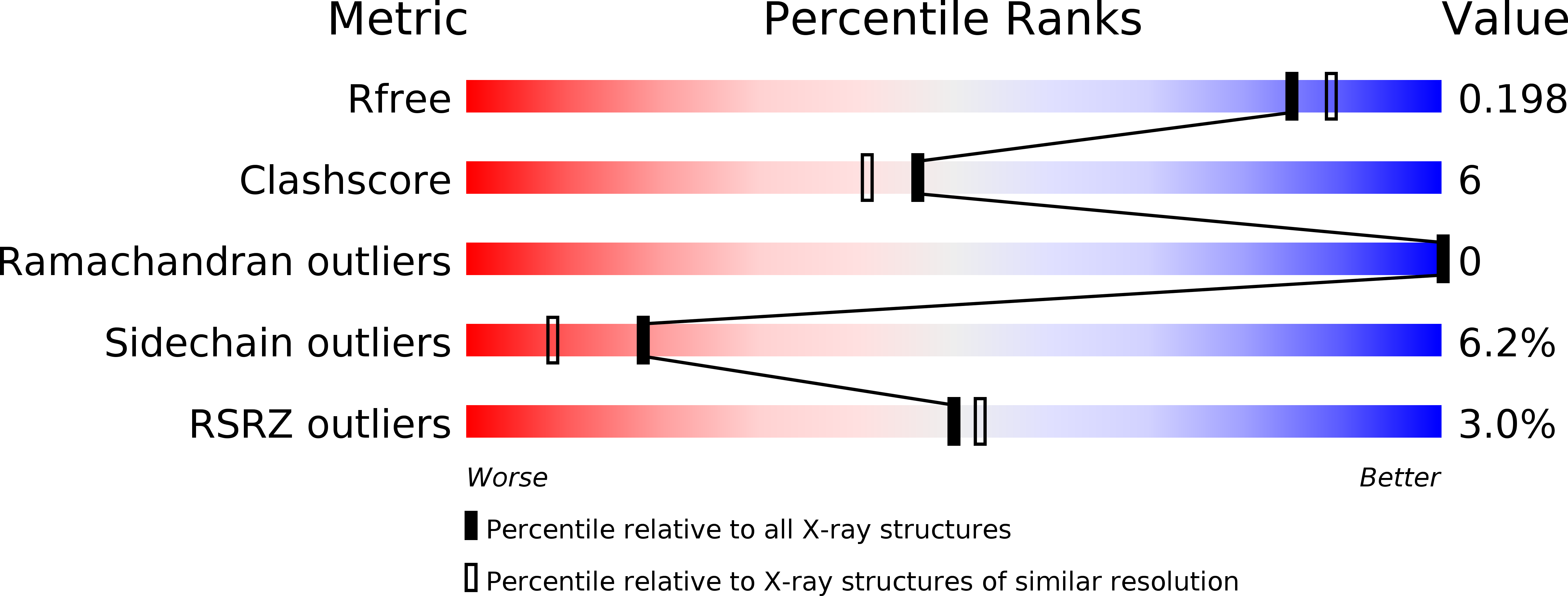
Deposition Date
2010-08-09
Release Date
2010-10-13
Last Version Date
2023-12-20
Entry Detail
PDB ID:
2XO6
Keywords:
Title:
DEINOCOCCUS RADIODURANS ISDRA2 TRANSPOSASE Y132F MUTANT COMPLEXED WITH LEFT END RECOGNITION AND CLEAVAGE SITE
Biological Source:
Source Organism:
DEINOCOCCUS RADIODURANS (Taxon ID: 1299)
SYNTHETIC CONSTRUCT (Taxon ID: 32630)
SYNTHETIC CONSTRUCT (Taxon ID: 32630)
Host Organism:
Method Details:
Experimental Method:
Resolution:
1.90 Å
R-Value Free:
0.20
R-Value Work:
0.18
R-Value Observed:
0.18
Space Group:
P 21 21 21


